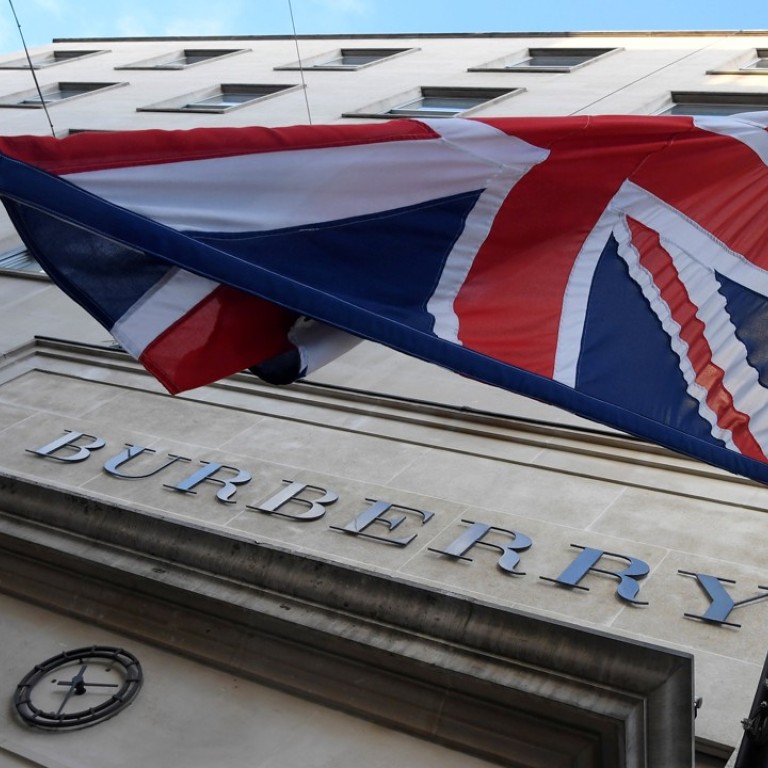
How fashion industry destroys unsold stock, China’s part in the problem, and the steps brands are taking to make fashion more sustainable
Leading brands regularly destroy unsold stock to foil grey market sellers and maintain pricing power; a drop in China sales has added to their waste problem. Some are trying to change their ways, but turning fashion green is a huge challenge, experts say
British fashion brand Burberry caused outrage last month when it announced it had burned more than US$37 million worth of unsold clothing, accessories and perfumes last year. It begged the question: was such wastage really necessary?
It was not the first time the annual report of a luxury brand had stirred controversy over the fate of unsold inventory. Only months earlier, Swiss luxury group Richemont, which owns watchmakers including Cartier, Montblanc, Piaget, Baume & Mercier and Vacheron Constantin, revealed that it had bought back and dismantled US$567 million worth of its merchandise in the past two years.
Swap unwanted clothes for new items at China’s zero-waste shop
The company explained that the “exceptional” measure was taken in response to a drop in demand for watches in China following the launch of President Xi Jinping’s anti-corruption campaign, which curbed ostentatious gift-giving by government officials.
Richemont said it first bought back excess stock in 2006 to avoid the watches being traded on the grey market in Hong Kong and China.
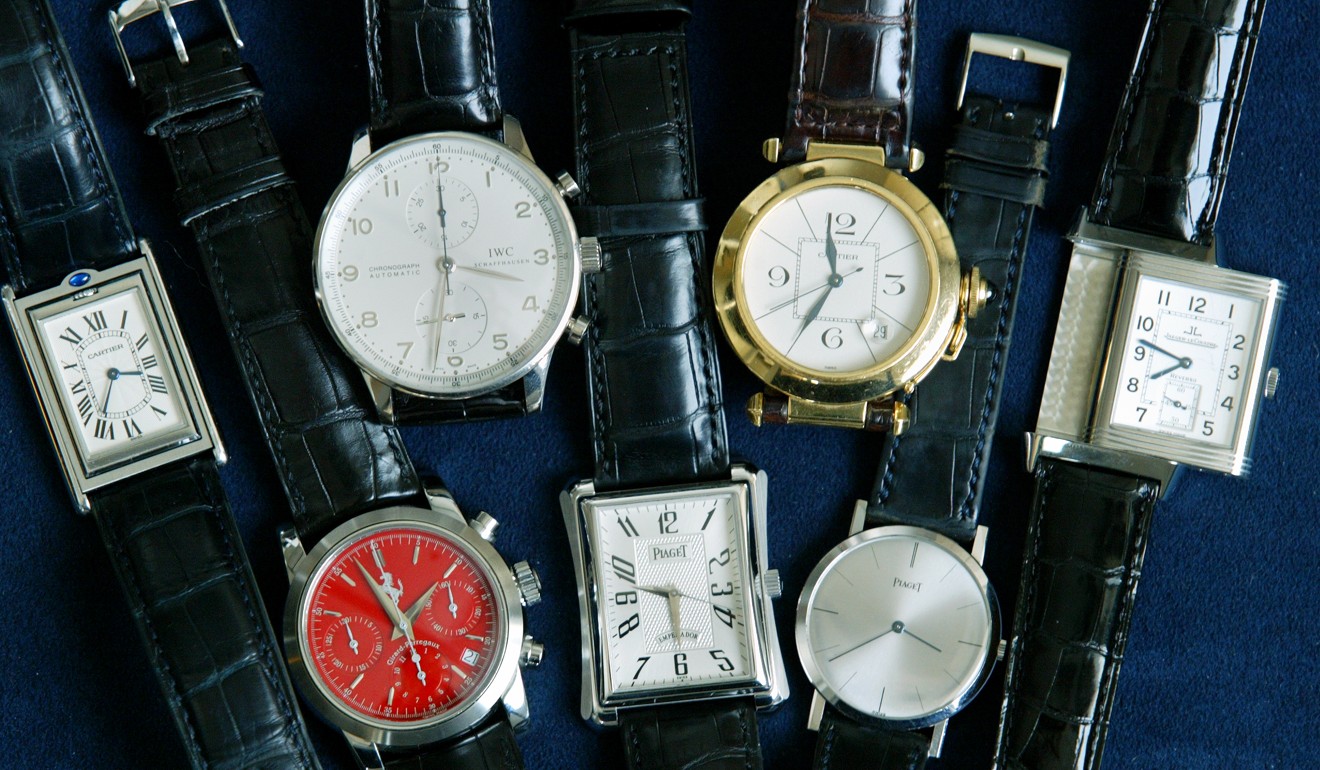
The grey market is a concern for luxury brands worldwide. It is especially so in China, where daigou (informal personal shoppers) return home with high-end goods bought overseas – often excess, discounted stock – and sell them for a profit. Consumers still get a discount because prices are marked up with a luxury tax in China.
Marketing Week columnist Mark Ritson wrote in an article in May in support of Richemont’s view that the grey market effectively dilutes the exclusivity factor that makes luxury brands appealing in the first place. Because of the lower prices in the grey market, when a Richemont brand wants to sell a watch at a higher price again, retailers will be inclined to demand discounts or walk away.
Ritson noted that Richemont was not exactly smashing its watches to pieces, as some headlines suggested. The group was taking apart the timepieces and redistributing the parts for reuse.
Some brands, including Chanel, have harmonised prices around the world in an attempt to limit the problem of excess stock, and as a result Chanel saw double-digit growth in its China stores.
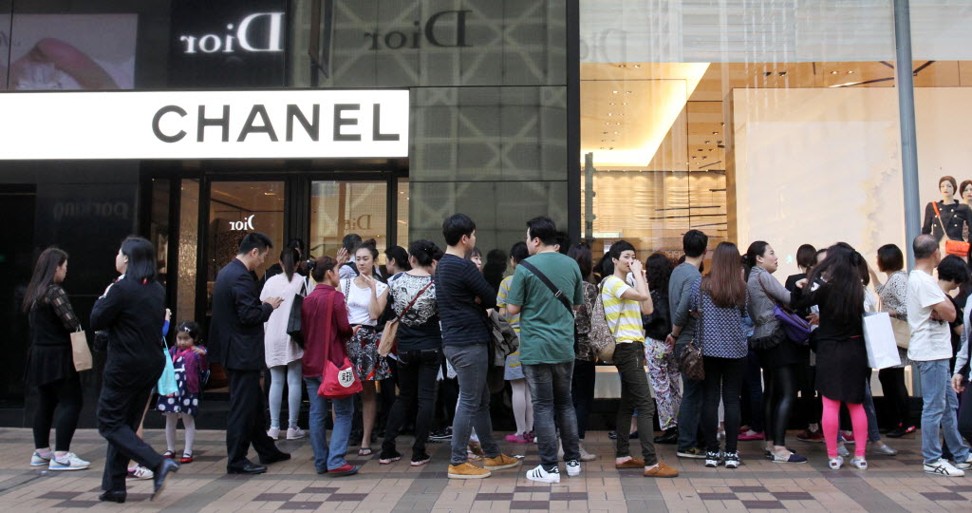
An analyst told The Guardian that Richemont’s profits “were poorly affected by the buy-back, which in turn caused shares to drop”. The fall came despite Richemont’s year-on-year sales rising 8 per cent, buoyed by consumers in China.
Still, destroying unsold goods remains common practice among upscale brands. In 2015, rumours surfaced online that Louis Vuitton was burning leather bags to protect its exclusive image and to avoid having to sell old stock at a discount in the new season.
In its most recent annual report, LVMH cryptically suggests the rumours have some basis in truth, saying: “Provisions for impairment of inventories are … generally required because of product obsolescence [end of season or collection, expiration date approaching, etc] or lack of sales prospects.”
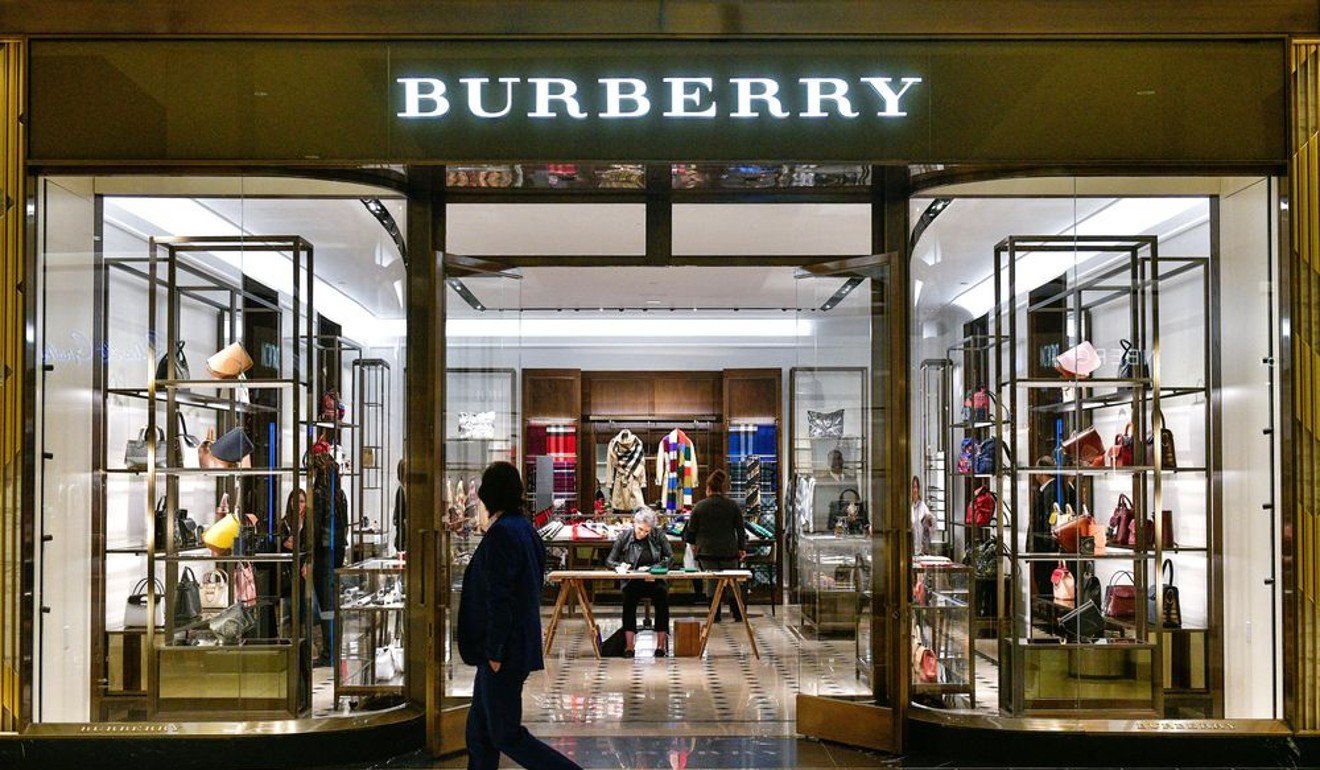
Although not in the luxury league, sportswear brand Nike also attracted media attention late last year when it was discovered that employees were slashing and trashing its shoes in a New York store.
The reasons retailers give for the destruction of unsold stock aren’t limited to grey market protection. They also cite intellectual property protection, and consumer safety, such as when cosmetics or fragrances pass their use-by date.
Legal expert Julie Zerbo proposes another scenario on her website The Fashion Law: brands such as Burberry and those in the Richemont stable might be looking to receive a refund on duties typically collected when importing goods into the United States.
Burberry under fire for burning unsold clothes but everyone does it
“Given that the average duty rate for the import of a leather handbag is 16 per cent, but can reach a maximum of 60 per cent depending on the types of textiles at play, and the average rate for luxury watches is 11 per cent but could be as great as 50 per cent, brands that can provide US Customs with evidence that imported products have been exported or destroyed in accordance with the set timetable may be able to claim sizeable refunds for unsold products,” Zerbo writes.
Brands that can provide US Customs with evidence that imported products have been exported or destroyed in accordance with the set timetable may be able to claim sizeable refunds for unsold products
Whatever the reason, critics wonder why upscale brands cannot better monitor production in the first place to avoid such wastage. Burberry, which has seen wastage of its stock increase by 50 per cent in two years, claimed the volume of its goods left unsold was so big largely because of a drop in demand from Chinese consumers, who account for about 40 per cent of its global sales.
Richemont has made similar claims. It says it could not have adjusted its production in response to the drop in Chinese tourism to Europe following a series of terrorist attacks, because its watches are made two years in advance, according to Reuters.
Critics are concerned about the environmental impact of producing too many goods and then destroying them. Burberry said in its annual report that it disposes of products in “a responsible manner”, harnessing the energy from what it burns, and donating leather to sustainable luxury company Elvis & Kresse as part of a recycling programme.
It’s not clear whether other brands are taking similar steps, and Burberry’s claim did not stop numerous angry shoppers from taking to social media to ask why Burberry could not have given the unsold goods to people in need.
Solutions to the problem are being sought. In May, Stella McCartney announced – along with Burberry and Nike – that the brand was going to work with the Ellen MacArthur Foundation to help create a “circular model for fashion”. The foundation promotes change to foster a circular economy in which economic activity is decoupled from the consumption of finite resources and waste is designed out of the system.

The aim of the labels’ collaboration with the foundation is to help create sustainable clothing recycling solutions that reduce harm to the environment.
There is no easy solution for clothing brands of any stripe, argues Nitin Dani, founder and director of Green Initiatives, a non-profit organisation in Shanghai that promotes environmentally sustainable models of consumption.
If they donate excess stock, “most brands have sophisticated logistics systems for distribution from a factory to a warehouse to the consumer, but not really from the warehouse to a charity”.
Forgive me if I sound pessimistic, but going green in the fashion industry is very difficult.
Storing clothes in a warehouse costs money, and second-hand clothing initiatives are not aligned with the business model of high-end brands, he says. “This is where it also requires a fundamental change in thinking and attitude,” Dani says.
Fan Yang, who works with a network of independent designers in China as the founder of YCO Foundation in the city of Hangzhou in eastern China, has a similar view.
“I believe that many Chinese designers do agree that we should protect our environment by all means,” she says. “But it’s easier said than done. Forgive me if I sound pessimistic, but going green in the fashion industry is very difficult.”
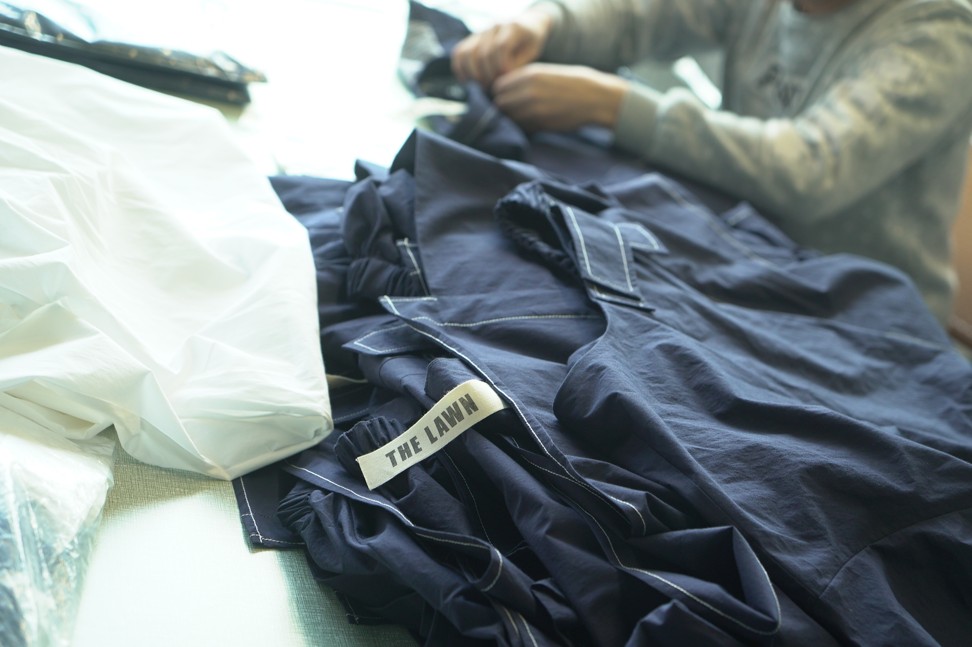
She says coming up with green solutions is not a priority for most designers. “As a designer brand grows, it’s inevitable it will operate more like a commercial brand. When profit becomes the main driver, I’m sceptical about whether they could still keep the same integrity and do better than [Burberry].”
Fan doubts the Burberry incident will have a lasting effect on the brand’s image in China.
“From my experience, I don’t think a lot of Chinese consumers are aware of what’s behind the fashion industry. For most people, their main concerns are the price, the style, and the quality of the product. It’s rare that they would care about the environmental impact of their consumption behaviour.”
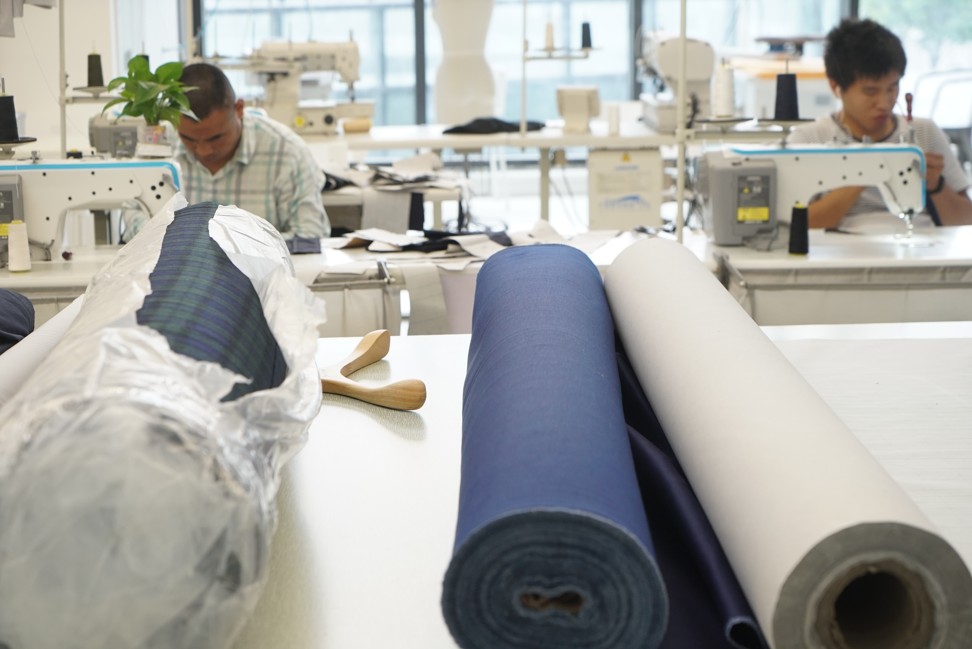
Dani says there’s little awareness in China about increasing environmental degradation, and the relationship between personal and environmental health. If Chinese shoppers did understand more about the environment, they would care more about sustainable fashion, he says.
“In the long run we must understand that consumer awareness is increasing – whether it’s a Chinese consumer or a Western consumer,” he says. “And irresponsible and unethical practices are going to hurt any brand, not just fashion brands.”
There’s already evidence in China that attitudes are beginning to change. At the end of last year, Kering, the parent company of Balenciaga and Gucci, among others – and until earlier this year Stellla McCartney – introduced a WeChat mini-programme that helps users better understand how their purchases impact the environment.

The tool provides information on what materials a brand uses, where the goods are manufactured, and how materials are sourced.
When it comes to what happens to the leftovers, however, there’s still progress to be made.
Swap unwanted clothes for new items at China’s zero-waste shop
“If brands can spend so much time and money on creating new designs, why not spend a fraction of it on finding ways to repurpose excess merchandise?” Dani says.
“Unfortunately, unless consumers put pressure on brands and demand more responsibility and transparency, they may not do it. This is where consumer awareness is extremely important.”

